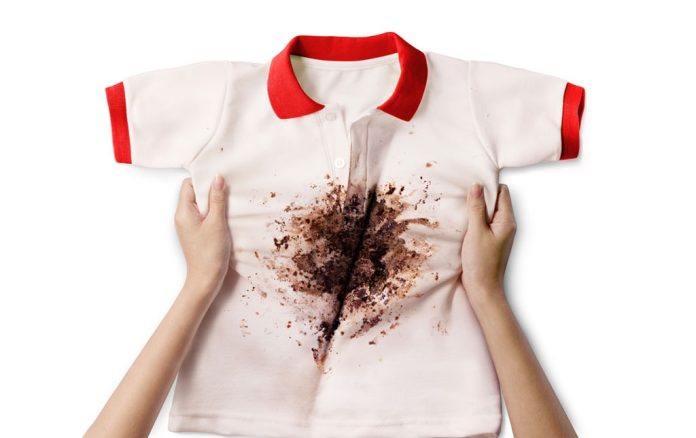Food is necessary for life and is also a lot of fun to consume. That is why it is so heartbreaking when fresh food spoils. Bad doesn’t necessarily mean inedible. We’re talking about the terrible things that occur when the meals you adore and respect wreak havoc on your priceless garments and having to go to a laundry service. It’s incredible how a small amount of Alfredo sauce can give a forkful of tortellini new life or completely ruin a silk top.
We want to say that there are steps you can take to keep everything in your possession completely stain-free. The best method to avoid food stains on your stuff is to have a few efficient plans before going to a laundry delivery service for handling meal blunders, and food spills whenever and wherever they occur.
Coffee or Tea
Rinse hot water over recent coffee stains. This is a quick and efficient approach to removing coffee or tea stains from most heat-resistant, color-fast fabrics if you notice a stain in time. If the stain is more established, soak it in dishwashing solutions or use a spot removal product.
Gum
Frost the area. Put whatever cloth you’re working on within the freezer. Apply a few ice cubes to the gum stain on your carpet, or use one of those cold packs made for travel coolers. Either procedure should cause the gum to solidify in about 15 minutes.
Scrape as much gum as you can scrape off once it has hardened. Use a butter knife or other blunt tool with a good scraping edge.
Soak. After the gum has mostly been removed, gently touch the area with white vinegar to liquefy the leftover substance. Blot the remaining liquid.
Wash. Once the gum has been removed, clean the carpet or fabric as usual.
Mustard
Contrary to popular belief, mustard leaves a wetter stain. Thus it must be rapidly removed to prevent it from spreading. After blotting up most of the liquid, scrape up any remaining solid particles. Mustard acts as a dye on cloth, making it particularly difficult to remove.
The recommended course of action is to first pre-treat the stain with a commercial spot cleaner before soaking the item in cool water and color-safe bleach. Try treating it with a dry cleaning solution if that doesn’t work.
Chocolate
Turn the garment inside out and start from the back to prevent the fabric fibers from becoming saturated with chocolate. In this manner, the chocolate will be pushed out from the fabric rather than into it. Lay the stained side of the fabric down on many paper towel layers.
A cup of cool water, one teaspoon of dishwashing detergent, and half a teaspoon of ammonia should be combined.
Use a soft, lint-free cloth to blot the ammonia mixture onto the stain gently. Never rub. Instead of mashing the chocolate into the fabric, the idea is to transfer it to the paper.
If using ammonia to blot the stain is unsuccessful, use a solution of 3 percent hydrogen peroxide to remove it. Simply apply the hydrogen peroxide, then wait a few minutes. After application, properly rinse the area. Be aware that some dark fabrics lose their dye when exposed to hydrogen peroxide, so test the cloth first.
Grease
With a sponge or rag, rub detergent on the surface. Next, rinse. You can also use a soft brush, such as an old toothbrush, to scrub the stain when working with thick, tough fabrics. (phentermine375.net)
Try wiping it with an alcohol solution if dishwashing liquid doesn’t entirely remove the stain. Spot cleaners are a wonderful option because some use alcohol as a foundation; however, before purchasing one, make sure alcohol is a major ingredient in the ingredient list. Another option is to use hand sanitizer, mostly alcohol, or to get some rubbing alcohol out of your medicine cabinet.



















